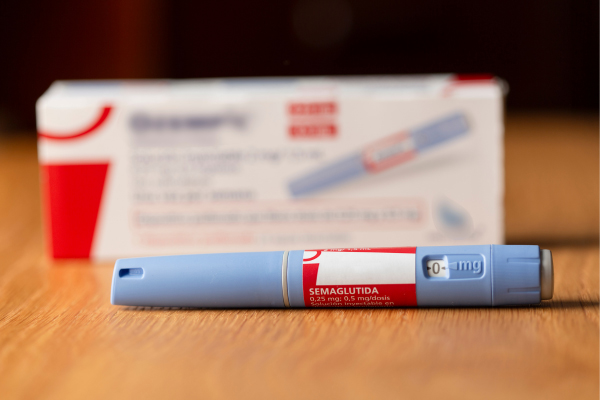Column: The New “Skinny Pen” Treatment
 [Column written by David M. Nathan, MD]
[Column written by David M. Nathan, MD]
November is Diabetes Awareness Month and with around 13 per cent of Bermudians suffering from the disease, it’s important that we take this time to better understand the condition and the treatments available. Over the past year, one kind of treatment plan for diabetes has been in the headlines more than any other: the so-called ‘skinny pen’. Here, Dr David Nathan answers some of the most commonly heard questions:
What are ‘skinny pens’ and what are they used for?
The new medications that are widely being advertised for weight loss, such as Wegovy, Saxenda and the latest approved medication, Zepbound, are all provided in pen syringes, explaining why they are called ‘skinny pens’.
All of these drugs are based on chemicals called GLP-1 receptor agonists, or GLP-1s, that we normally make in our intestines. The GLP-1 medications were originally developed to treat diabetes since they stimulate insulin secretion. During their development, they were also found to result in decreased appetite and weight loss.
People treated with Wegovy and Saxenda typically lose about 7-15% of their initial weight and Zepbound results in even more weight loss. If the medications are stopped, the lost weight is usually regained. All if the medications are given as weekly injections. They are very expensive [$800 to more than $1000 per month].
Who is a candidate for using this kind of medication?
Appropriate candidates for these drugs would include people with type 2 diabetes and overweight or obese people without diabetes who have weight related medical problems and have failed to lose weight and maintain the weight loss with diets.
These drugs can aid weight loss and maintenance of weight loss. In people with diabetes and a history of heart disease or stroke, some of the GLPs have been shown to reduce the risk of having other episodes. This benefit may also apply to people without diabetes.
What are the benefits and risks?
Since one of the ways that the GLPs work is by slowing stomach emptying, not surprisingly they can lead to nausea, a sense of bloating, vomiting and diarrhea in 15-40% or people who use them. These are the most common side-effects of the GLP-1s. Some of these symptoms go away with time, but approximately 10-15% of people can’t tolerate the side effects and have to stop the medications permanently.
How long should patients expect this kind of treatment to last?
The studies with these medications have usually lasted less than 2 years, although some have gone on for as long as 5 years. When the GLP-1s are stopped, people usually regain the weight they lost; therefore, these medications may need to be taken permanently to maintain weight loss.
- David M. Nathan, MD – Director, Massachusetts General Hospital Diabetes Center, Professor of Medicine, Harvard Medical School
Read More About
Category: All



